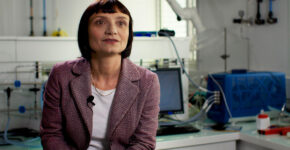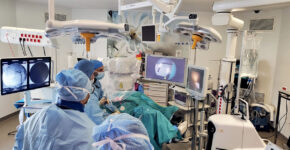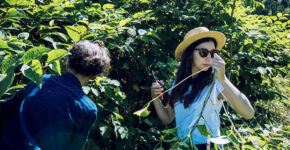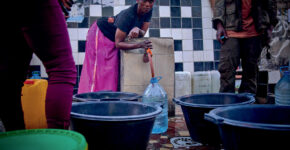
[LUM#17] A technological wave to protect the deep blue sea
Published on: December 01, 2022
Faced with an overexploited Mediterranean, scientists are looking for ways to reduce aggression...

Responsible marketing, from understanding to action
Published on: November 30, 2022
Whether we're talking about the negative effects of overconsumption or the issues surrounding...

Tilio: "Who owns the sea?"
Published on: November 29, 2022
To no one! The sea cannot be appropriated. No one can claim ownership......

[Takeoff #4] Winning a European Research Council (ERC) grant
Published on: November 28, 2022
Sara Cavaliere is a researcher in the Materials Chemistry Department at the Institut Charles de...

[LUM#17] Innovating from head to toe
Published on: November 25, 2022
On the Saint-Priest campus, roboticists, computer scientists and electronics engineers put their...

Jean-Philippe Pin: a head full of glutamate

When science takes center stage

A l'UM la science [S02-ep07]: Consumer profiles, legal history library and Courstache
Published on: November 18, 2022
This week in A l'UM la science Andrea Gourmelen from the Montpellier research in...

A l'UM la science [S02-ep08]: From Human at home project to Sud de sciences
Published on: November 17, 2022
This week on A l'UM la science, Anne-Sophie Cases, coordinator of the...

[LUM#16] "You've never seen a flamingo in court".
Published on: November 16, 2022
What tools does French law offer today to protect the interests...

[LUM#17] BioInspir makes chemistry rhyme with ecology
Published on: November 15, 2022
After successfully cleaning up soil pollution using plants that accumulate metals...

[LUM#16] The CHARM of water
Published on: November 14, 2022
Water is one of the three themes offered to students in the European CHARM-EU Master's program....

Are all salespeople swindlers?
Published on: November 14, 2022
Salespeople too often suffer from a negative image: liars, smooth talkers, greedy,...

[LUM#17] Profession Jurigeek
Published on: November 11, 2022
Simon Mareschal de Charentenay is a legal researcher and blockchain expert. Advocating for...

A l'UM la science [S02-ep06]: From carbon sequestration by whales to the glass workshop
Published on: November 10, 2022
This week on A l'UM la science, Anaëlle Durfort, a PhD student at the Marbec laboratory, tells us...

[LUM#17] The promise of new air
Published on: November 08, 2022
Measuring air quality exactly where and when we breathe it - that's what...